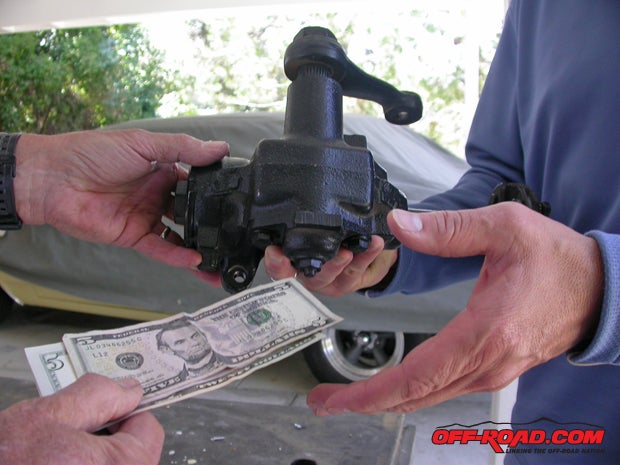
You can take the easy way out – stack a pile of parts at the end of the driveway with a “for sale” sign, or drag everything to a swap meet – but is that effective? By making the same pieces visible in a larger venue, such as an online platform like Craig’s List, you can efficiently connect with people who are searching for what you have. Indeed, online forums such as Off-Road.com’s are great for connecting with a direct audience, but forums such as Craig’s List might grow your audience even further.
What is Craig’s? Don’t let the “.org” fool you – Craig’s List (“craigslist,” officially) is a for-profit company that likes your data-use info. As of 2014, it supports about 50,000,000 daily queries in 700 regions of 70 countries, providing more than 20,000,000,000 monthly page views to about 50,000,000 people a year. Its founder, Craig Newmark, isn’t in charge anymore, but he spends his earnings on warm, fuzzy causes that make the world look like a better place.
Craig’s is a quarter-owned by eBay, an investment that the hacker community roundly decried as an effort to keep Craig’s from competing with eBay. This suspicion that hardened when web-wide Craig’s search/notify spiders like Crazed List were code-blocked by Craig’s shortly after eBay’s check cleared. The use of Craig’s List is currently trending downward, which suggests people have less cash to spend. Still, its services and accessibility are exceptionally useful and mostly free. Then again, “free” means different things to different people – never forget that if you’re getting something for free, “… You’re not the customer, you’re the product.”

Thinking About Shopping
Buying on Craig’s is all about browsing – the hunter-gatherer lifestyle. Craig’s provides region-specific searchable listings of parts posted by sellers. You’ll find exactly what you need, or you’ll find four. If you don’t, there are search-enabling and notification tools that can keep an eye on what gets posted around the country, like Search All Craig’s, One Craig’s, Crazed List (which we heard was experiencing a crisis, so try “.loco” instead of “.net”), Craiglist Notify, Craig Zoom (zoomthelist.com) and Search Tempest (which is being promoted right now and makes us suspect someone is trying to make money from us instead of for us). There are hordes of apps that do the same. These sites are constantly being recoded, however, theoretically because Craig’s is kowtowing to part-owner eBay so as not to undermine eBay’s global reach.
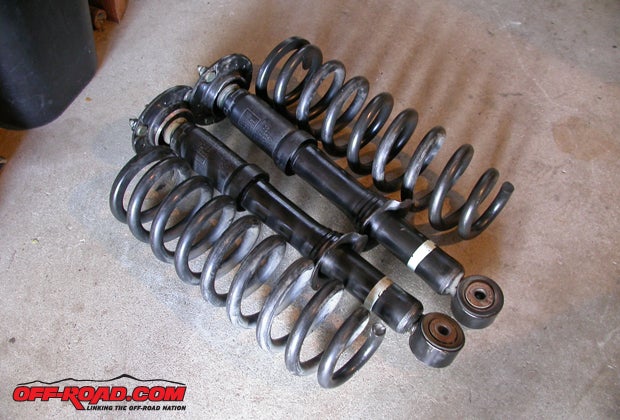
Learn how to search a website like Craig’s. Start with an exact, descriptive identifier: “1997 4Runner Hood,” for example. If you don’t like what that finds, try terms that surround it conceptually, like “Toyota,” “sheet metal,” “body panel,” “Forest Green” or detail words like “latch” or “hinge.” Some sellers are as bad at writing online as they are on paper, but don’t let those poorly written descriptions deter you because some of the best things you’ll find come from those extended searches.
Rules for Good Selling Online
Selling on Craig’s and its contemporaries is soooo caveman. If you haven’t used this type of forum, there are a few fine wartime acronyms that will carry you a long way – always K.I.S.S (Keep It Simple, Stupid) and avoid P.R.I.D.E (Petty Ridiculous Ideas Developed Expensively) so you don’t get F.U.B.A.R. (you’ll need to look that up):
1: Use linear, detailed descriptions.
2: Write ads with the words you would search for if you were shopping the parts you’re selling.
3: Pictures attract more attention.
4: Sell one part or one batch of related parts per ad.
5: Focus your avenues of communication as much as possible (email and a phone number is plenty, and while text-only deals used to be bad form for Craig’s, it’s S.O.P. nowadays).
6: Keep sales chatter simple and straightforward – all about the deal (to avoid scammers and criminal “up-to-stuff”).
7: If you don’t want to bargain, say so, and if you do, know your bottom line.
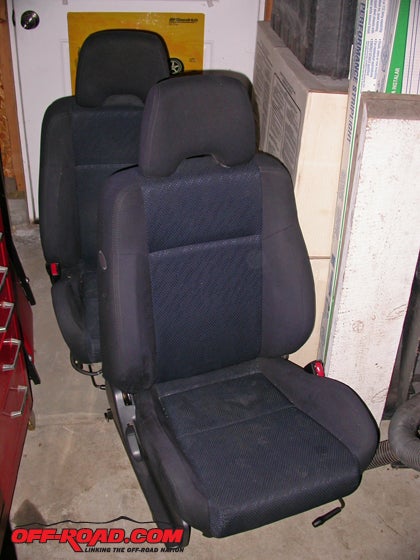
The ads that work get to the point: the ideal presentation of parts online should not be unlike selling the same bits at the swaps. Picture it: the guy with a pile of parts that are poorly kept, poorly organized or poorly presented will have a harder time selling them than the fellow who takes a few minutes to lay out his parts so they’re visible and identifiable. On the other hand, you still can’t polish a turd – over promotion and overzealousness can be signs of overpriced parts.
Who’s Using Craig’s and Why That’s Good For You
Who sells parts on Craig’s? It’s a convenient way for a private party to clear a garage, or for a vendor (typically local) to move inventory with limited investment. The flipside of the minor cost is that this sort of website is a frugal shopper’s paradise, not the Robb Report. Retailers shouldn’t expect fat margins, because they’re competing with private sellers who, in many cases, just want to get things out of the way so they can buy more things, or make a few bucks. The upside of this retail-private competition is that a shopper can compare “I have one of these in my garage” prices with retailers operating in the same sphere, but who have services to offer as well. Nowhere else does a shop get to capture customers by making a great deal, which can build relationships based on the quality of the interaction rather than price alone.
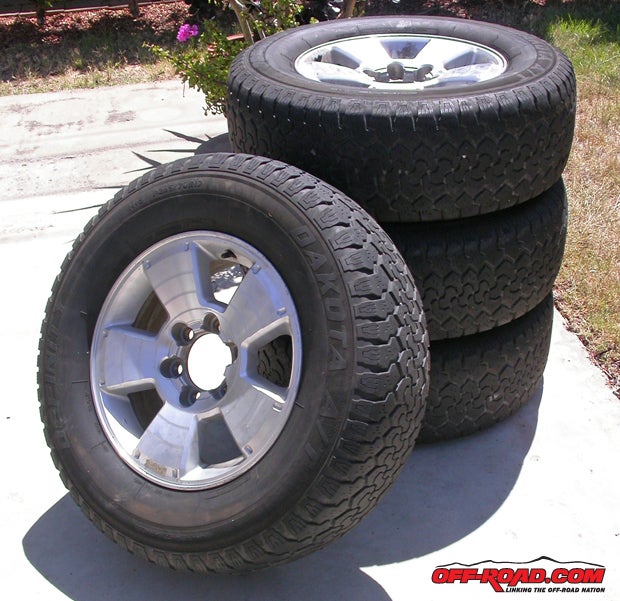
As for private sellers... They’re the “bought too many”, “sold the car so clearing out leftovers”, “went another direction with the build” or “thought I’d need these” crowd. Therefore, Craig’s is frequently just a way to get rid of a part, and hand-to-hand shopping etiquette applies:
You’ll be paying in cash.
Try to bargain, but don’t expect that every seller will appreciate it.
No one but you is responsible for the purchase. If you can’t eyeball the item and know it’s good, plan to verify it before you buy it. That means meeting at a friendly tire shop for a tire deal, a friendly mechanic for a car or part sale, or bring along that “knows what he’s talking about” buddy as a second set of eyeballs.
Low-ballers are low-class. Have some decency; bargain like a man.
The Flake Rule: if you no-show, don’t reply, act like a jerk, change the meeting again and again, or just plain Jane flake out, you’re out. The seller can move on to the next buyer.
Some folks like to barter in services or product – that’s an iffy proposition unless you’re aware of their workmanship in advance.
Speaking of iffy, if the deal smells bad, walk away. The same goes for the too-good-to-be-true deals, I’ll-gladly-pay-you-Tuesday-for-a-hamburger-today deals, and I-swear-this-is-brand-new/don’t-mind-the-missing-box-and-instructions deals.
Consumer activity on forums like Craig’s is a ready indicator of greater societal trends. For example, your author (based in San Diego) shopped for years for an original Meyers Manx and came close to buying one several times. During the region’s heady high-tech job swell before and after Y2K, it was hard to find a Manx tub – people had money, everyone was building, and folks could afford to keep what they had. The Manxes that did pop up were quickly snapped up. When the U.S. economy (and San Diego’s tech and biomed businesses) tanked in the Obama Zone after 2008, there were suddenly more real Manx tubs than you could shake a stick at – five at one time, by our recollection – and they were priced to move: rollers and tubs were suddenly in the $1000-2000 range instead of $5000-plus range.
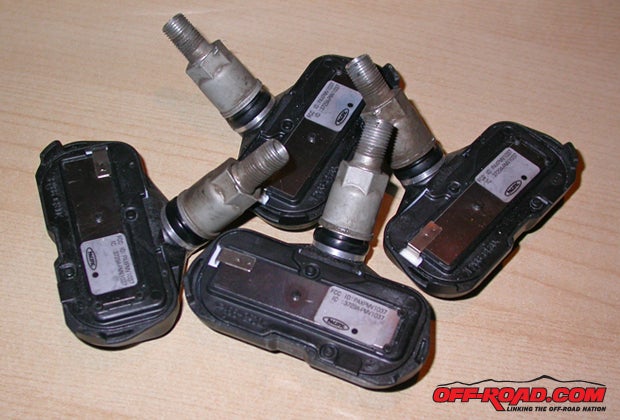
You’ll often find people with an attachment to what they’re selling – the A-arms from their first buggy, or a Hi-Lift jack they’ve had forever. These folks want to know their parts are going to a good home, and aren’t just garbage (a sentiment that’s validated by your interest). Craig’s is full of bits like this, ones that people are selling because they can’t bring themselves to toss ‘em. These parts go quickly, and are easy to get for a good price because the seller is being compensated, in part (hah, pun!) by finding a buyer who appreciates the part as much as they do.
“For Sale” Can Be “Must Sell” by Another Name
You may find people who have parts that are burning a hole in their pocket – one man’s fenders are another’s electrical bill. A friend of Off-Road.com outfitted his fledgling suspension and fabrication shop with a prince of a pylon lift and a $20,000 toolbox for about $2,000 because the seller needed to get out of Dodge. It was a pure Craig’s moment – have cash, will travel.
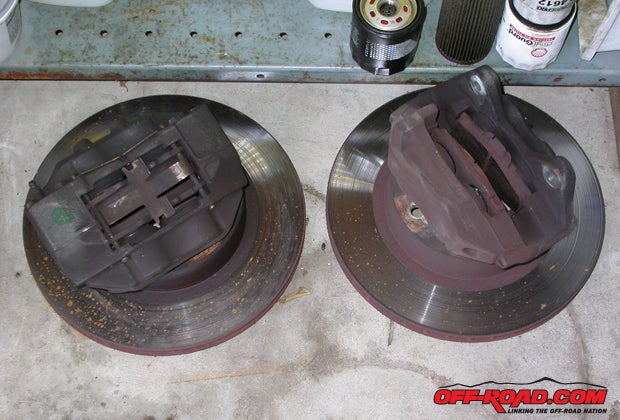
These are tough times, after all – a depression, by any other name – and when someone reaches the point of honest desperation, the price on Craig’s becomes pretty agreeable (and flexible). That’s the sympathetic side of Craig’s, though it can be sad: you’re going to find merchandise on there that people don’t want to sell, but must. However, real need isn’t always an avenue for Mr. Buyer to grind and grind some more, because there are many shoppers ready to pounce on the deal that you’re considering screwing up.
What’s the Deal?
And about that meeting – when do you haggle? Typically, not at the meeting itself (though that rule loosens up as the potential price grows, such as a car that requires inspection and could have defects that only come to light in person). However, nothing poisons a face-to-face “I’ll meet you” exchange faster than someone who didn’t bargain over the phone but begins low-balling you in person. That’s poor form, and screams “I have no class!” The time to discuss price is during communication: agree on a price before you meet. Keep in mind, some cultures bargain because it’s their way – this is America, after all. You get all kinds, including on Craig’s.
The downsides of buying and selling on a footloose forum like Craig’s are myriad but obvious, and shouldn’t undermine the efficacy of a deal so long as you stick to the rules and take precautions. Deals that look too good to be true often are. Products can be fake or refurbished, so know what you’re looking for (and how to know if what you’re looking at isn’t what you’re looking for). Treat every deal like it’s a scam at first – let the seller earn your trust. Remember, there is no safety net for Craig’s – if you bought it, you own it.
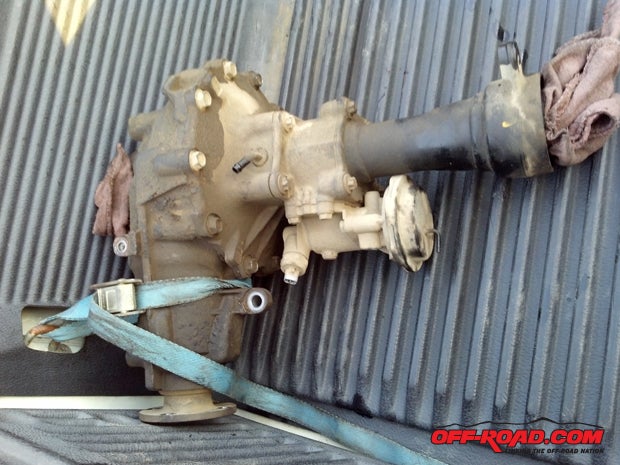
Speaking of downsides, that broaches a parallel topic to doing a GOOD deal – doing a SAFE deal. You’ve heard of muggers and murderers who troll Craig’s, and you’ve heard it more than once because there’s a sucker born every minute, one who will happily meet an unknown person at an odd hour in a dark alley with a wad of cash to buy a “perfect G4 PowerBook.” Don’t be a sucker. When in doubt, know your out. Meet someplace you feel comfortable: a well-lit, well-attended spot that’s familiar, and preferably not your home (unless you want strangers to know where you live and that you like to deal in cash). If it’s a hard object to transport, and you must meet at your house, keep doors closed and don’t brag about your priceless whatevers. Folks meet at police stations nowadays, or choose big corporate settings like the grocery store parking lot (though video cameras will only serve to document your grisly fail, not stop it). The one Craig’s deal your author had go bad was, fortunately, at a Home Depot in broad daylight.
Additional Steps to Make a Squirrelly Deal Safe
You will eventually be presented with a great deal that looks tricky. Is it worth it? On one occasion (when we scored the e-locker rear axle for Off-Road.com’s Foreigner project), we wound up traveling at night two hours north in a borrowed Taco (no A/C, in July, thus the night run…), with lots of cash, and to a private residence. Needless to say, it wasn’t ideal.
In cases like this, whether you stay or go boils down to how confident you are in your ability to handle touchy situations, and laying the groundwork for a meeting to make sure it goes right. We 1: had several chats with the seller to sniff around their back-story on the parts and their whereabouts; 2: checked said location via satellite to confirm the address and the locale; 3: told a list of friends where we were going to be, when, why, and to expect a call from us on the way home; 4: told the prospective seller we’d told a list of friends exactly where we were headed (and given them the seller’s phone number); 5: prepared to deal with unruly individuals should things go sour. Fortunately (and as we anticipated from the tenor of our conversations), Mr. Axle Seller and his friends turned out to be good folk – an airline mechanic, a former Blackwater merc, and a few other ruffians living the off-roader life on a big spread in the high desert. We did the deal, drank a beer, talked trucks, and left with a handshake and more than a few good words.
What’s Your Time, Knowledge and Attachment Worth?
Expedience and the value of your time are underlying necessities of online forum shopping. Because the inexpensive nature of these interactions is important to its users, using time wisely is king. A Craig’s deal that takes a lot of time better be either 1: awesome, or 2: awesome. Wasting an inordinate amount of the seller’s time undermines the efficiency of the Craig’s you-sell/me-buy modus operandi, and it pisses people off.
Your personal understanding of the parts you’re shopping for – what’s a good aluminum wheel versus one that’s been bent or cracked, for instance – is essential when using Craig’s. There’s no net here: you buy it, you own it. Few sellers will be willing to give you your money back. Know what you’re buying or be ready to buy a lemon, and if you don’t know, bring an expert along.
Pay attention. How long is something advertised, and at what price? How often are things like it advertised? Do things like it move at that price, or do they reappear again and again? By knowing the value of items for sale in the forums, you’re eliminating a lot of the thrash that goes into a deal. You’ll see if a price is a good price, and you’ll know if a deal is worth your effort.
A human note: if you’re putting things on Craig’s because you hate to throw them away, keep in mind that if there was real value instead of intrinsic value, you wouldn’t be thinking about throwing it away. Your attachment to an object does not add value. However, using a platform like Craig’s to find someone who values a part like you do it is immensely gratifying.
Whilst much of the pleasure of Craig’s is in looking, when you find things be prepared to act – Craig’s moves fast. A smart Craig’s shopper can sniff out a seller who has exactly what the buyer seeks at a “Get this out of my garage because if my wife stubs her toe on it one more time, she’s going to draw and quarter me” price. Things post, a buyer and seller connect, and it’s gone.


 Your Privacy Choices
Your Privacy Choices